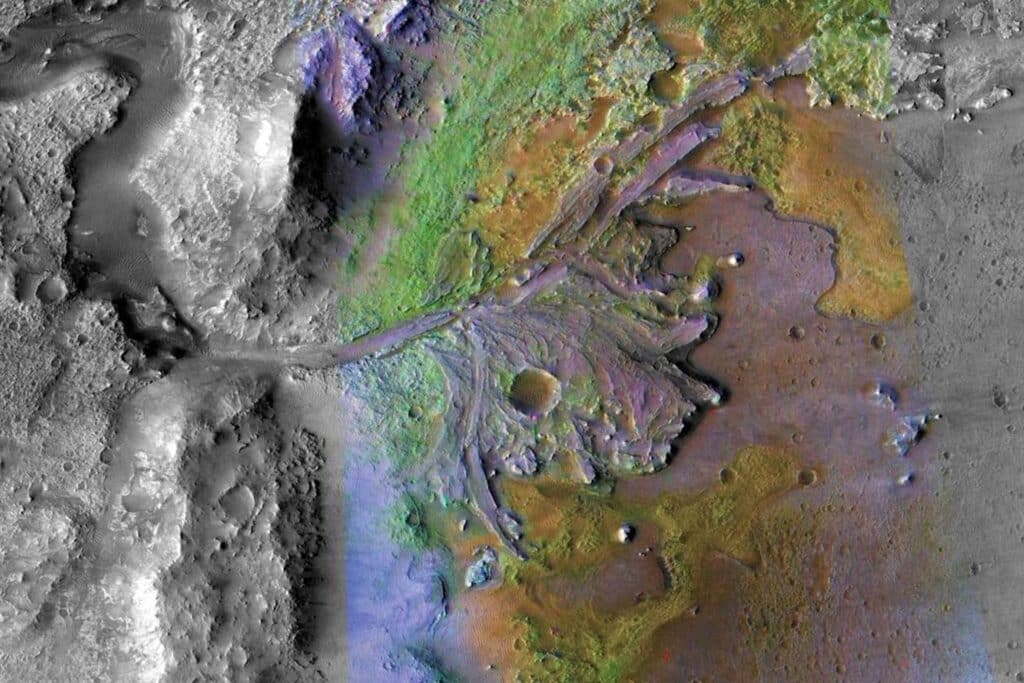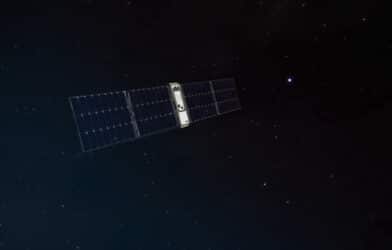Maybe this will be the final piece of the puzzle to confirm life on Mars. NASA’s Perseverance rover has verified the presence of ancient lake sediments in the Jezero crater. This finding suggests that Mars once harbored a lake, raising hopes of uncovering traces of past life.
The study, led by a team from UCLA and The University of Oslo, used data collected by the rover to confirm that the Jezero crater was once filled with water. Over time, the lake deposited layers of sediments, which were further shaped by a river feeding into it. This process resulted in the formation of a massive delta. As the lake gradually receded, the sediments were eroded, creating the geological features visible on Mars today.
“From orbit we can see a bunch of different deposits, but we can’t tell for sure if what we’re seeing is their original state, or if we’re seeing the conclusion of a long geological story,” says study first author David Paige, a UCLA professor of Earth, planetary and space sciences, in a media release. “To tell how these things formed, we need to see below the surface.”
Perseverance, a car-sized rover equipped with seven scientific instruments, has been surveying the 30-mile-wide crater since 2021. Its mission includes studying the planet’s geology and atmosphere and collecting soil and rock samples, which will be returned to Earth by a future mission for detailed analysis.
The rover’s journey from the crater floor to the delta between May and December 2022 was crucial. Utilizing the Radar Imager for Mars’ Subsurface Experiment (RIMFAX), Perseverance fired radar waves into the Martian subsurface, revealing layers up to 20 meters deep. This technology allows scientists to understand the structure and composition of subsurface layers, akin to viewing a cross-section of a highway road cut.
“Some geologists say that the ability of radar to see under the surface is kind of like cheating,” notes Paige, who is RIMFAX’s deputy principal investigator.
The radar images from RIMFAX uncovered two distinct periods of sediment deposition, interspersed with two erosion phases. The team discovered that the crater floor beneath the delta is not uniformly flat, indicating an earlier erosion phase before the lake sediments were deposited. The sediments, regular and horizontal, closely resemble those found in Earth’s lakes. This crucial evidence confirms the suspected presence of lake sediments from previous studies.
A subsequent deposition phase occurred when the fluctuating lake levels allowed the river to form a broad delta, which has since eroded closer to the river’s mouth.
“The changes we see preserved in the rock record are driven by large-scale changes in the Martian environment,” explains Paige. “It’s cool that we can see so much evidence of change in such a small geographic area, which allows us extend our findings to the scale of the entire crater.”
This research not only provides a window into Mars’ ancient environmental conditions but also enhances the prospects of finding evidence of past life, potentially reshaping our understanding of the Red Planet’s history.
The study is published in the journal Science Advances.












